 The NASA satellite dedicated to studying high energy radiation in the universe and relying on fundamental Italian participation, with the involvement of the National Institute for Nuclear Physics (INFN), the Italian Space Agency (ASI) and the National Institute of Astrophysics (INAF), has been awarded, for the fourth time, the Bruno Rossi Prize of the High Energy Astrophysics Division. The announcement was made during the annual congress of the American Astronomical Society (AAS), which has just ended. The Bruno Rossi Prize is the highest award in the field of high energy astrophysics and is given as acknowledgement of an achieved result of great importance, with special reference to the latest and most original research. The 2018 edition of the Prize went to Colleen Wilson-Hodge of the Fermi-GBM team, for “the discovery of gamma ray emission coinciding with the gravitational waves produced by coalescence of neutron stars. This means that the phenomenon can be confirmed, but also that a worldwide multi-messenger observational campaign can be launched”. This award for the Fermi mission, which also celebrates its tenth anniversary this year, brings its collection to four Bruno Rossi prizes. The three previous prizes were acknowledgements of results achieved using data from the LAT (Large Area Telescope, the other instrument on board of the satellite, together with the Gamma-ray Burst Monitor, GBM): two of them earned by the LAT team and the other by researchers outside the team.
The NASA satellite dedicated to studying high energy radiation in the universe and relying on fundamental Italian participation, with the involvement of the National Institute for Nuclear Physics (INFN), the Italian Space Agency (ASI) and the National Institute of Astrophysics (INAF), has been awarded, for the fourth time, the Bruno Rossi Prize of the High Energy Astrophysics Division. The announcement was made during the annual congress of the American Astronomical Society (AAS), which has just ended. The Bruno Rossi Prize is the highest award in the field of high energy astrophysics and is given as acknowledgement of an achieved result of great importance, with special reference to the latest and most original research. The 2018 edition of the Prize went to Colleen Wilson-Hodge of the Fermi-GBM team, for “the discovery of gamma ray emission coinciding with the gravitational waves produced by coalescence of neutron stars. This means that the phenomenon can be confirmed, but also that a worldwide multi-messenger observational campaign can be launched”. This award for the Fermi mission, which also celebrates its tenth anniversary this year, brings its collection to four Bruno Rossi prizes. The three previous prizes were acknowledgements of results achieved using data from the LAT (Large Area Telescope, the other instrument on board of the satellite, together with the Gamma-ray Burst Monitor, GBM): two of them earned by the LAT team and the other by researchers outside the team.
You might also be interested in

EuPRAXIA chooses ELI Beamlines as second site for laser-driven accelerator
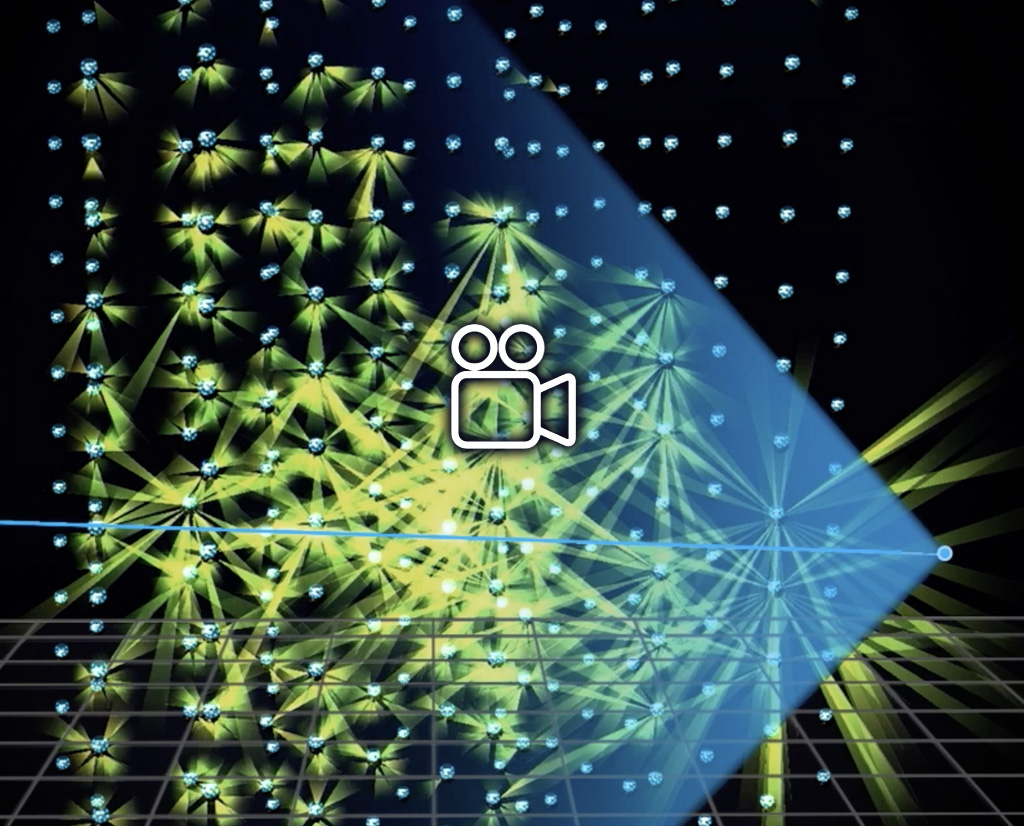
The record neutrino observed by KM3NeT
07 February 2025
Read more The record neutrino observed by KM3NeT
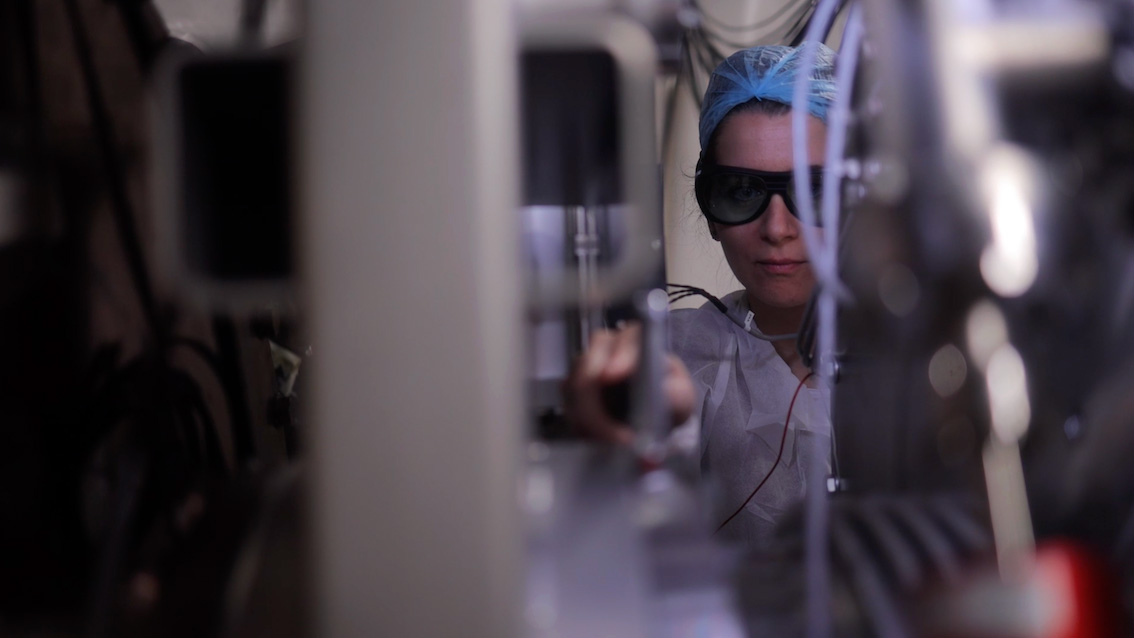
INFN celebrates the STEM WEEK and the International Day of Women and Girl in Science 2025
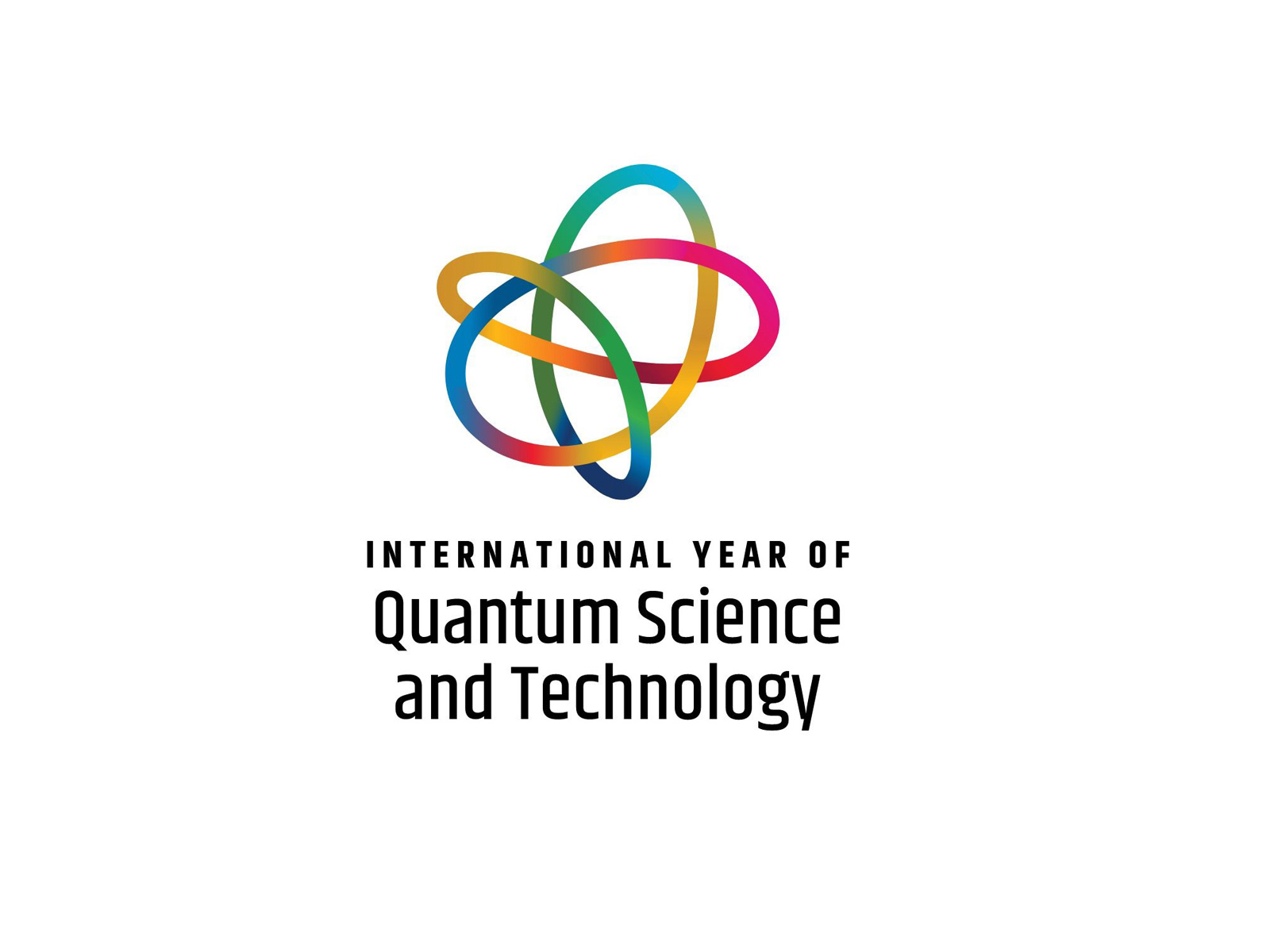
International Year of Quantum Science and Technology, 2025
03 February 2025
Read more International Year of Quantum Science and Technology, 2025
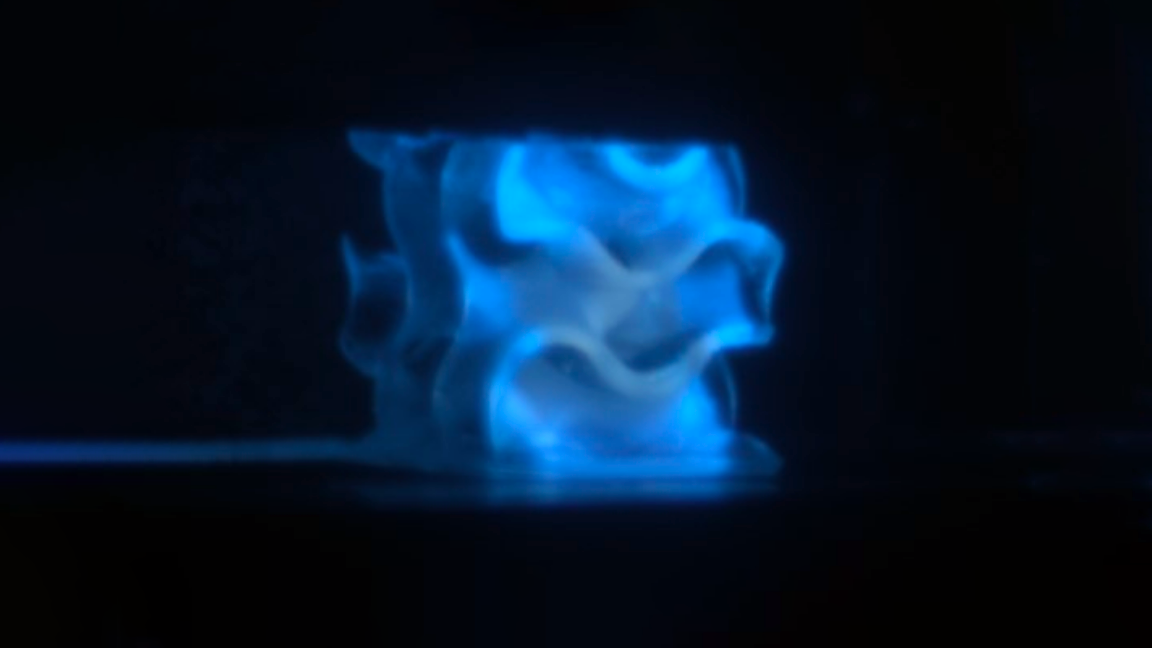
A new generation of plastic scintillators thanks to 3d printing
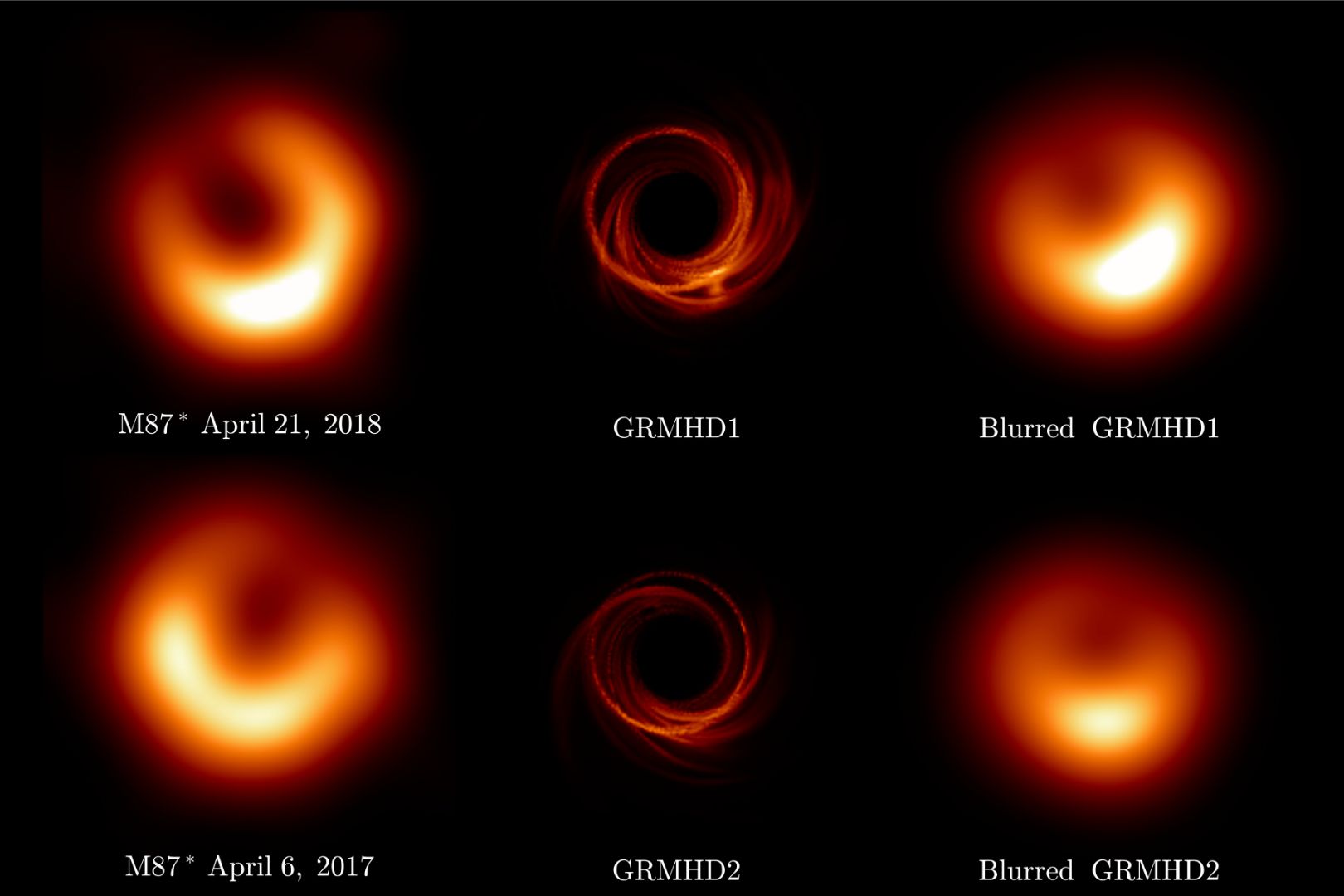
Capturing the accretion flow of M87* black hole
22 January 2025
Read more Capturing the accretion flow of M87* black hole